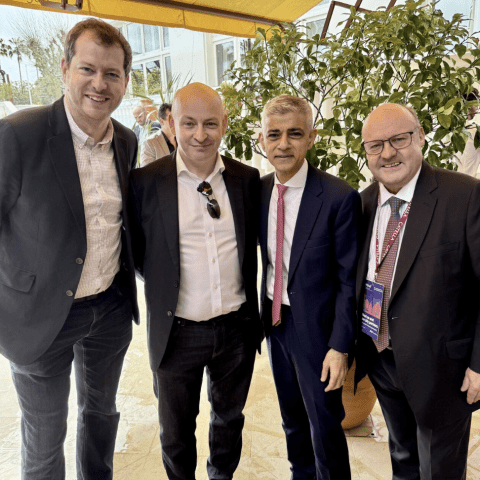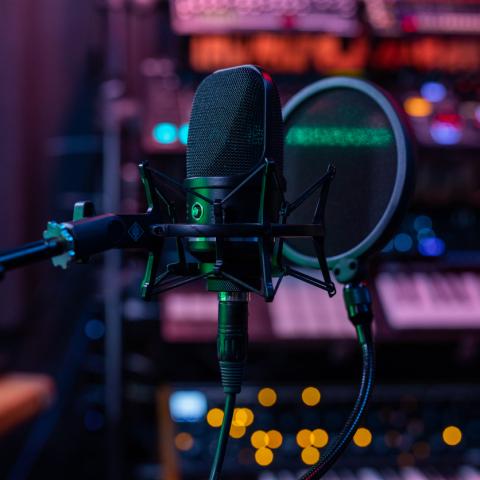Will Dry January lead to more Dry Februarys?

Each year, Dry January gains momentum as millions of consumers take a break from alcohol, reassessing their drinking habits in favour of health and wellness, repenting for their December ‘sins’. It is suggested that over 15.5 million Britons took part this year; a record number and a reflection of the growing interest in sober living.
Old habits die hard, New Year’s resolutions are notoriously difficult to keep, and alcohol abstinence is no exception. One in five people admitted to failing to keep their New Year’s resolutions in 2024 and a significant proportion of Dry January participants will likely return to old habits this month.
But this year, Dry January wasn’t just another temporary detox. It is an accelerator of what has become a longer-term shift towards more mindful drinking. 40% of all UK drinkers are now choosing to embrace sobriety or opting for low- and no-alcohol alternatives on a regular basis, a 29% increase since 2022. This trend is especially pronounced among younger generations, with recent data suggesting that 43% of 18-34-year-olds no longer drink alcohol at all.
There is a much deeper cultural shift going on. This shift isn’t just about abstinence. It’s about changing the role alcohol now plays in socialising, relaxation, and identity. Consumers, especially younger ones, are redefining the drinking experience. They are prioritising health, mental clarity, and control over the traditional pub culture that dominated previous generations.
Pubs and bars, long reliant on alcohol sales, can no longer ignore this shift. The days of a single alcohol-free beer being the only option are quickly disappearing. And that is reflected in consumer need, with one in four wanting to see more low and no-alcohol options available on tap to make it easier to drink less.
This evolution in drinking culture presents both challenges and opportunities for brands and operators. The hospitality industry must move beyond the assumption that alcohol-free options are simply for short-term abstinence. Instead, they are becoming a year-round expectation, shaping how consumers socialise and what they expect from hospitality venues.
Pubs and bars that offer only a single alcohol-free lager risk alienating customers who expect more choice. With demand for premium no- and low- alcohol options rising, chains like Wetherspoons, Young’s, and Greene King have expanded their menus, adding options from recognised brands such as Corona Cero and Guinness 0.0. But there’s still room for innovation, with consumers now expecting craft alcohol-free beers, premium low- and no- spirits, and more sophisticated mocktails.
Companies have been expanding their product ranges and investing in campaigns that elevate the perception of non-alcoholic choices. In December, Tarquin's Cornish Dry Non-Alcoholic Spirit entered the market, offering a new choice for those preferring alcohol-free spirits. Bars and restaurants are crafting sophisticated zero-proof cocktails using similar non-alcoholic spirits, appealing to patrons seeking premium choices with no alcohol required.
Lucky Saint is another such brand expanding its presence, with its alcohol-free lager now available on tap in over 1,000 pubs across the UK. Such developments have underscored this continuing cultural shift towards more mindful drinking.
So, while some will return to old drinking habits, this isn’t just a passing fad. Consumers are totally rethinking their relationship with alcohol, and this will likely continue into February.
Drinking less is a long-term choice, and the industry must react to this shift. No, traditional pub culture isn’t going to disappear overnight, but the challenge for brands and operators will be to strike the right balance year-round and cater to the rapidly expanding sober-curious market in more meaningful ways.









